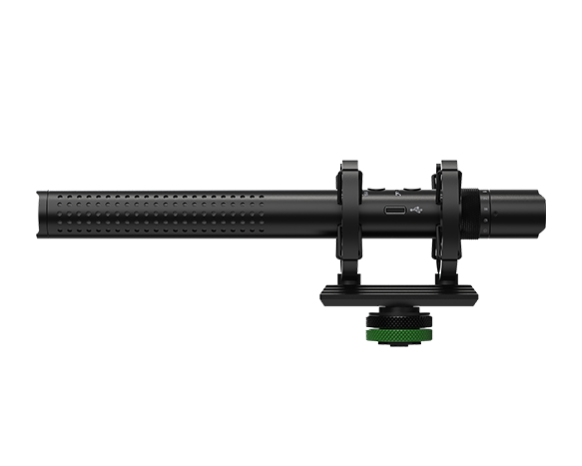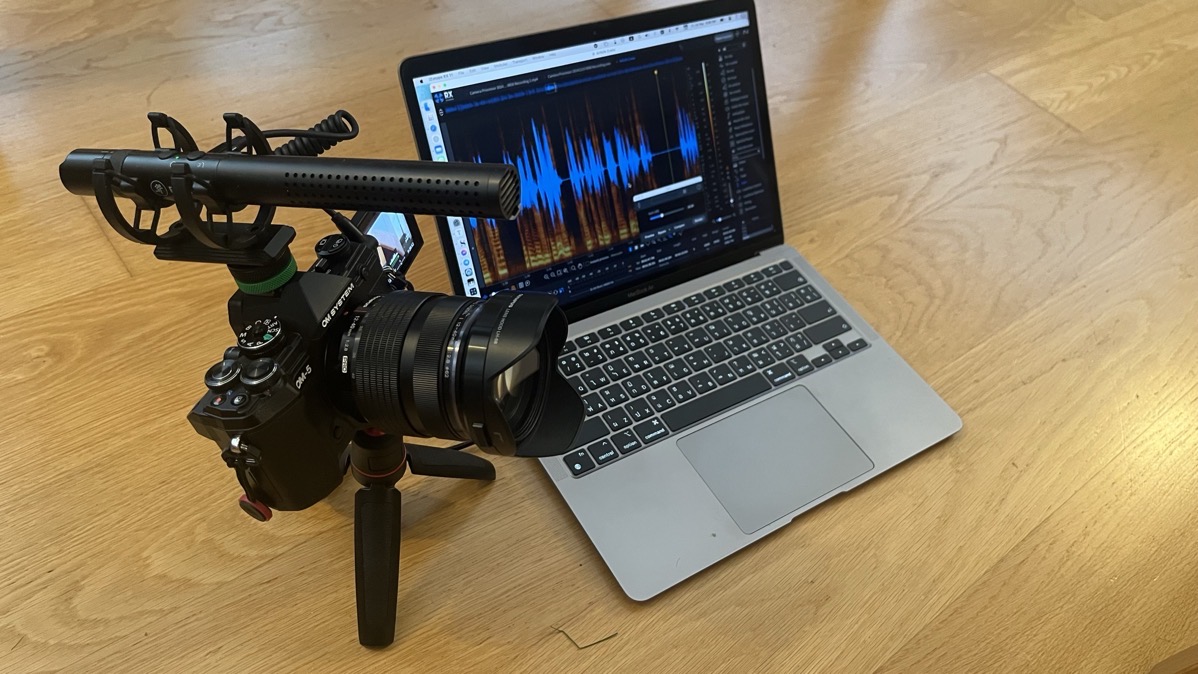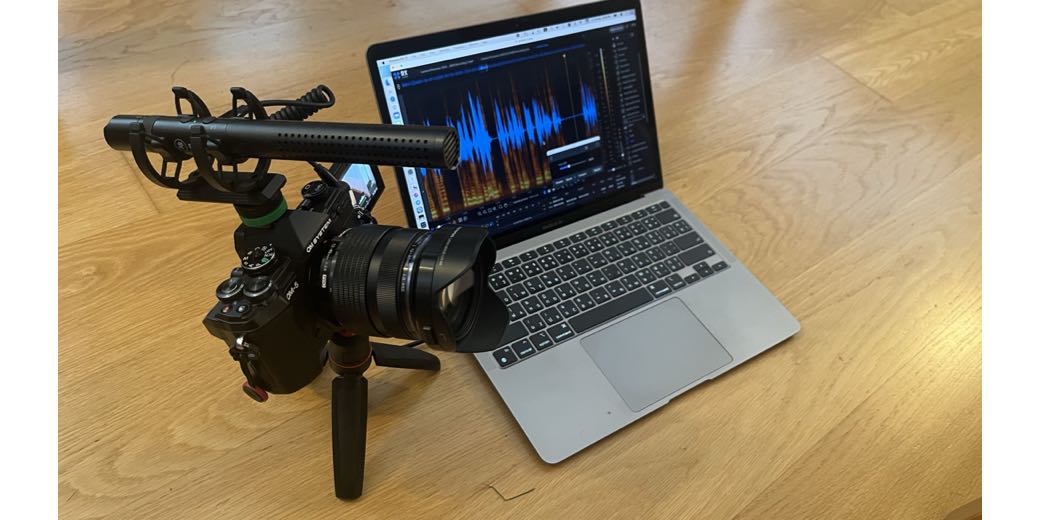Physics Nerd Graeme here with an update on my recording process. There’s been a slew of microphone reviews recently on NosillaCast so I thought I’d add one to the mix as I just got myself a new shotgun microphone.
So first, what’s the problem to be solved?
I seem to like making videos and I have some job interviews coming up, so I wanted to reevaluate my setup. I use a nice OM Systems OM-5 camera in webcam mode, and a condenser mic but the problem is that the condenser mic attaches to a pre-amp, which has its own power cable and then a USB cable to the computer. And then I have to make sure I have the right microphone selected which is harder than you’d think in online meeting apps.
So, it’s all a bit of a faff. The worst part though, is that my condenser mic is best when close to my mouth, but I don’t want a headshot video with a mic in front of my mouth, and I definitely don’t want that for a job interview. I need a new microphone that is simple to use and stays off-camera.
I found a few YouTubers using shotgun mics, so I did some research and, thanks to a sale, settled on the Mackie EM-98MS shotgun microphone.

Now the idea about a shotgun microphone is that it has a long barrel, so it looks like a stick, and that design allows it to get a very directional super cardioid envelope for the sound. In other words, it just records the sound directly in front of the microphone. The Mackie I bought is not as aggressive in this sense as others, apparently, but it works for me.
Another critical feature is that it is powered, meaning it has a pre-amp built-in and so my unedited audio is already pretty loud, reducing the need for any post processing. This, and the pro-level electronics gives really good sound.
In use, it is compact and lightweight, and it just sits on the hot shoe of my camera. It plugs into the microphone port of the camera, giving me a really easy-to-use setup. That’s important to me because this isn’t my job, I just want to have something I can use very easily. In Zoom or whatever app I am using, I just select the camera as my source, and it works.
The microphone comes with 3 cables. One connects to the camera, or that can be swapped for a similar one to connect to a computer or phone, or a final cable that is the only negative I’ve seen. It’s a USB charging cable that does its job but does not let you connect to the computer via USB. In other words, the output is only via 3.5mm connections, there’s no digital output. This USB charging is for the internal battery that powers the pre-amp, and it’s rated for 25 hours.
There is an additional socket on the end to let someone use monitor headphones, which I might try out.
It also has a couple of buttons, one for powering on. It’s got a clever, I think, little feature that you can also press a button and it switches so that the stereo recording records the right channel with -10 dB. What that means is that by getting one recording and trying to get it nice and loud if something is too loud, the right channel will have a quieter version of it so you don’t get any clipping artifacts. I don’t think I’m ever going to use that but we’ll see.
Finally, it has a couple of filters on it to cut out the rumbling, 75Hz and 150Hz. I’ve got it to 75Hz but I have no idea about that really.
In testing, I’ve been happy with the audio quality, with ample signal-to-noise ratio to allow boosting for live use, or clean-up using Izotope in post-production.
I’ve done some light touching up to the audio in my spoken review so you check those out, but there’s not much to hear there so suffice it to say that even the raw audio is head and shoulders above what I’d get from the built-in microphone on my computer.
So, this is not necessarily better or worse than the other microphones recently reviewed, but it is different and has its niche. I feel like my setup is giving me a professional-looking picture and professional-sounding audio, and hopefully, this is going to help me present myself in my best light whether it’s for an interview or whether it is for one of my YouTube videos on Physics Shorts with Dr Sheppard.
I’ve contributed some podcast articles to NosillaCast before, so look for those if you want to know more about my process. And if you want to chat about any of this then please come and join me and the rest of the lovely NosillaCastaways at https://podfeet.com/slack.


